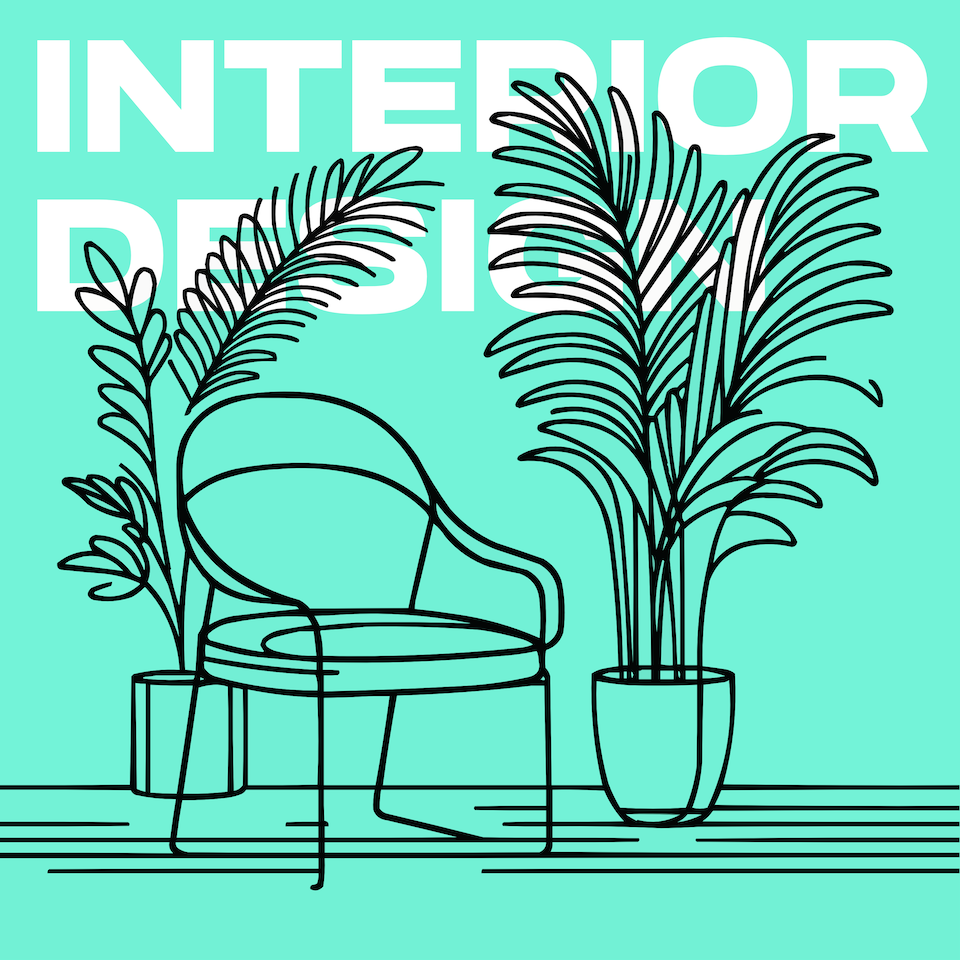The Dance of Dynamics: Exploring Movement in Interior Design
Welcome to 'Interior Design for Beginners,' the immersive podcast where we journey through the fascinating world of design to discover how we can curate spaces that truly reflect who we are and how we live. Today’s episode invites you into the dynamic world of movement in interior design. When we think of our homes, we often envision them as static environments. Yet, a truly captivating space is like a living, breathing entity, full of subtle motion and flow. It’s an orchestrated dance of forms, colors, and textures that guide your gaze and footsteps through the environment, creating a narrative that’s both engaging and harmonious. To begin, let’s unravel the mystery of visual movement - how it’s not just about the physical travel within a space, but also how your eyes move around the room. It’s about crafting pathways that lead the observer naturally from one focal point to another, creating a sense of progression and discovery. The principles of repetition, contrast, and transition play key roles here. Repetition creates a rhythm, making the environment seem active. Imagine a series of archways in a hallway, or a repeating pattern on wallpaper - these elements echo throughout the space, pulling you further into their rhythm. Contrast, on the other hand, creates visual stops, areas where the eye naturally rests before moving on. Think of a brightly colored accent wall amidst a room of neutral tones, or a bold, sculptural piece of furniture. Transition is the gentle guide, the softening between contrasts and repetitions. It could be a gradient color wall, or the gradual change in texture from rough to smooth as you move through a room. These transitions aren’t just physical sensations but are narratives that you feel, adding depth and emotion to the spaces we inhabit. Now, let’s consider the arrangement of furniture and decor. Configuring these elements with movement in mind encourages interactions, not just with the space itself, but with others within it. It’s about creating scenarios where furniture and decor are not barriers, but invitations to flow from one area to another. For example, in a living room, instead of placing furniture squarely against the walls, consider angles that invite entrance or arrangements that encourage circulation. An ‘open’ setup where sofas and chairs face each other not only fosters communication but also seamlessly integrates movement into the space. Remember, the dance of dynamics in interior design is not just for large, expansive spaces. Even in the smallest rooms, seizing every opportunity for movement can transform the area. It could be as simple as preferring clear, glass tables that allow light and shadow to play beneath them, or hanging artwork in a way that leads the eye across the room. In conclusion, embracing movement in interior design is about more than just aesthetic. It’s about crafting spaces that invite exploration, embrace comfort, and celebrate the living, changing nature of our homes. So, as you consider your next design project, think of ways to incorporate the subtle, yet powerful, dance of dynamics into your space. Engage not only with the physicality of your environment but also with the choreography of visual and emotional movement it can portray. Thank you for tuning into 'Interior Design for Beginners.' We hope this episode has inspired you to see your space through a new lens, one filled with potential for movement that enriches every step and glance within your home. Until next time, may your design journey be ever engaging, ever evolving, and thoroughly enjoyable.
Brought to you by Room AI
